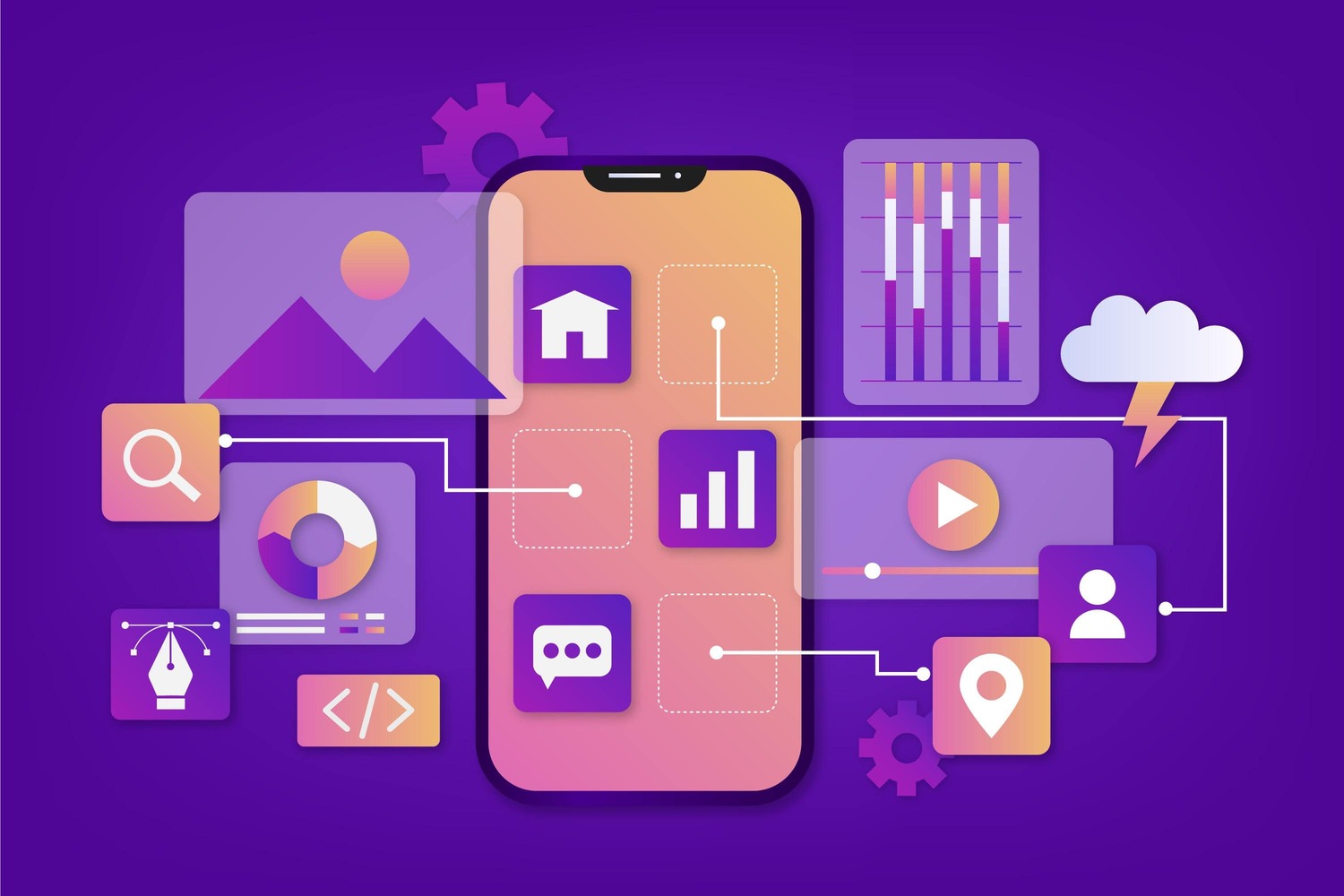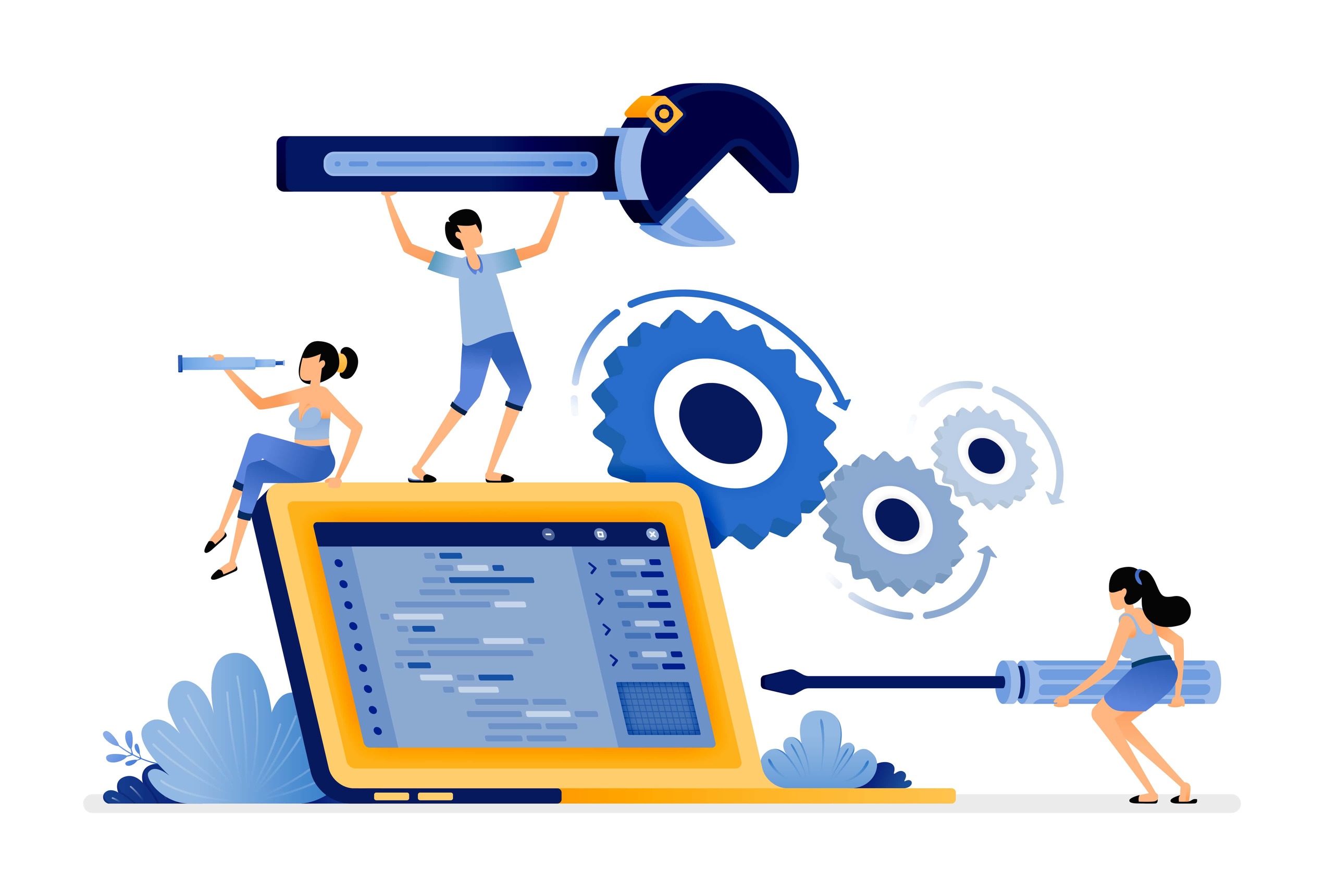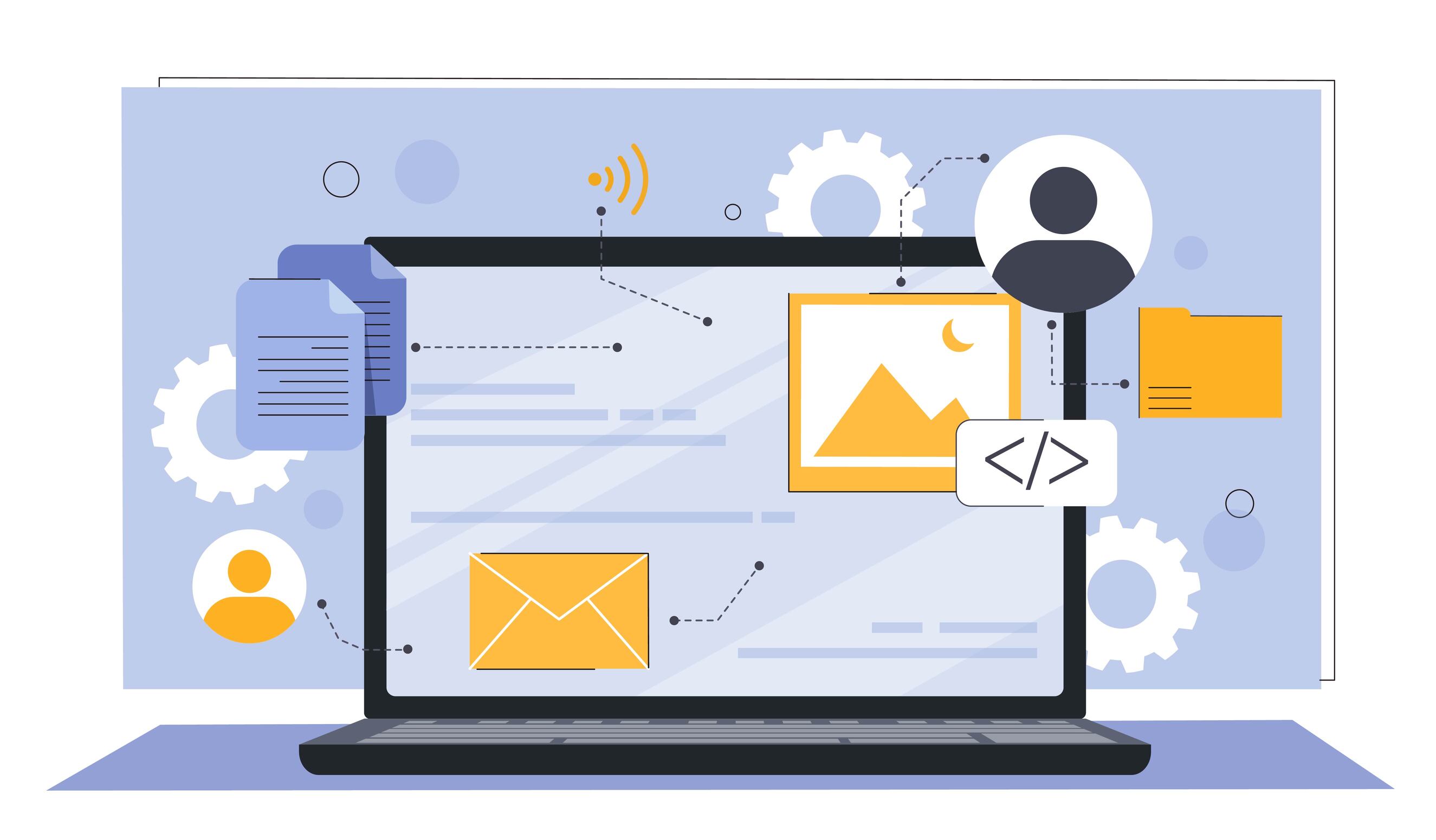Organizational Portal - The Guide to Correct and Accurate Selection
Corporate portal

 1941
1941 
Organizational Portal - The Guide to Correct and Accurate Selection
In today's fast-paced digital age, organizational portals have become an essential tool for organizations of all sizes and types. A sophisticated and high-quality portal enhances internal communication, streamlines workflows, increases collaboration among employees and departments, and strengthens employees' sense of belonging and connection. However, choosing the right organizational portal is not a simple task and requires a deep understanding of the organization's needs, familiarity with technological options, and careful planning. The article before you will provide all the necessary information for conducting an informed and successful selection process.
Step One: Mapping Needs and Requirements
The starting point in choosing an organizational portal is a clear definition of the needs, goals, and objectives of the organization. What problems is the portal meant to solve? What functionalities are required to improve employee performance? How many users are expected to use the portal simultaneously? Answers to these questions will help formulate detailed technical requirements and build a structured project plan.
Important tip: Involve representatives from a variety of departments and levels in the organization in the specification process to get a comprehensive picture of the different needs and create a sense of commitment and shared ownership.
Step Two: Examining Technological Alternatives
Once the needs and requirements have been defined, it is time to thoroughly examine the existing technological solutions on the market. The main options are off-the-shelf software-based portals (such as Microsoft's SharePoint), open source portals (Liferay, Drupal), and custom portals. Each alternative has its advantages and disadvantages, and the suitability depends on the size of the organization, the type of activity, the project budget, and the available IT resources.
It is also advisable to check integration with existing organizational systems, options for customization and future changes, the level of security and data protection, and, of course, the costs of acquisition, implementation, and ongoing maintenance.
Step Three: POC and Supplier Impressions
Before making a final decision, it is recommended to conduct a Proof of Concept (POC) project with leading suppliers to assess practical alignment with needs and the quality of service and support. The POC stage allows for hands-on experience with the portal, receiving feedback from users, and identifying challenges and deficiencies that have not been previously recognized.
Moreover, it is advisable to reach out to existing customers of the supplier and hear about their experiences from the process, from implementation to daily use. Request specific examples of successes, challenges that arose, and how they were resolved.
Fascinating Facts and Data on Organizational Portals:
- A 2022 Forrester study found that organizations that successfully implemented a portal experience a 25% improvement in knowledge sharing and interdepartmental communication.
- An AIIM survey found that 40% of employees complain about difficulties in finding essential information in organizational systems. A comprehensive portal can reduce the problem of "information silos" and streamline access to important resources.
- An IDC report estimates that the use of organizational portals is expected to grow by 35% in organizations worldwide by 2025.
A Successful Example of Implementing an Organizational Portal:
The insurance company Migdal previously faced challenges with internal communication, coordination between departments, and employee efficiency. In 2020, they chose to implement SharePoint's organizational portal, and within a year reported:
- A 150% increase in the number of active employees on the portal.
- A 50% average reduction in the time required to search for important information and documents.
- A reduction of about 45% in misunderstandings and errors between departments.
- A 30% increase in employee satisfaction and a sense of belonging to the organization.
The initial investment in accurately defining needs, comprehensive evaluation of alternatives, and a successful pilot project enabled Migdal to implement an organizational portal that significantly contributes to achieving business goals and acts as a true growth engine.
In conclusion, choosing an appropriate organizational portal is a challenging and highly important process that requires deep thought, a comprehensive examination of alternatives, and collaboration among all relevant stakeholders in the organization. Adhering to a structured and systematic approach throughout the process, while thoroughly understanding the needs and options, will ensure the achievement of an optimal solution that precisely addresses the unique challenges of the organization and creates significant long-term value.
If you are considering implementing an organizational portal and are unsure about the right steps, you are welcome to contact us for an initial consultation without obligation. We would be happy to share the extensive knowledge we have gained from supporting dozens of successful projects, assist in defining the strategy and selecting the appropriate technology, and provide you with the tools to lead your organization into the digital age. Contact us, and discover how an organizational portal can truly revolutionize the functioning, collaboration, and success of your company.






